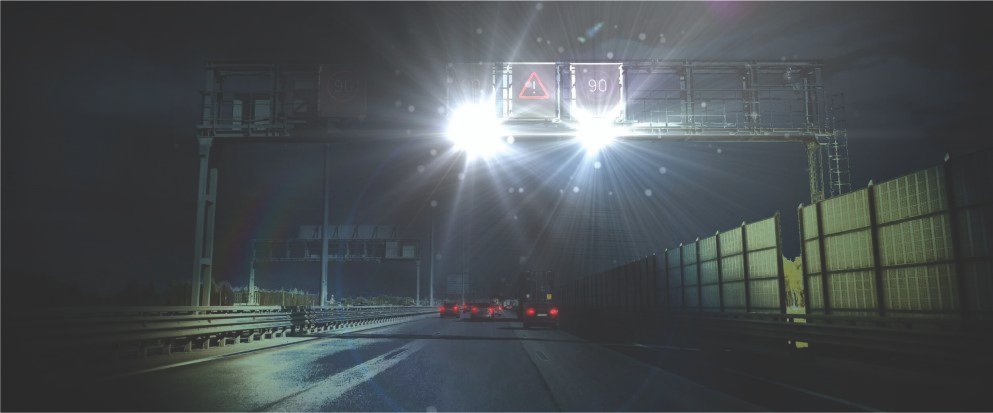
Hikvision India has introduced traffic cameras featuring DarkFighterX to combat urban light pollution. Fitted with ultra-low-light video imaging technology, the cameras combine special approaches to combat light pollution effectively. They are designed to sense both visible and invisible light, reducing the need for blinding flashes. This scales down the number of LEDs used in the flash—merely four LED beads suffice where once many were needed. Incorporating an LED lattice significantly diminishes stray light, so that the intensity that escapes beyond the camera’s focus is effectively eliminated.
The DarkFighterX technology features deep learning algorithms to enhance the image quality in Hikvision cameras. It effectively addresses common issues such as colour bias, resulting in improved colour reproduction. Furthermore, this technology helps to solve the problem of headlight halo effects, ensuring that the captured images are more accurate and realistic. The significance of this is that it not only greatly enhances the efficiency of traffic violation enforcement, but it also reduces the camera’s need for high ambient light levels to achieve high-quality imaging in urban environments.
These innovative traffic cameras have already been successfully implemented in many countries and these cameras are helpful in Indian environment too. Given the increasing global emphasis on sustainable living, mitigating urban light pollution through advanced technology is not only an immediate solution but also a future trend.
One of the latest challenges in the Urban environment is the glare which is created by the guardians of our intersections—traffic cameras. Although they help detect violations and ensure road safety, this unintended glare also poses risks to drivers and residents.
For drivers, the bright flashes of traffic cameras operate like a double-edged sword—intended for safety but sometimes resulting in the exact opposite. Intense bursts of sudden, unexpected supplemental light can obstruct drivers’ vision at crucial moments, especially when they are navigating complex urban roads at night. For city dwellers, these intrusive flashes enter through their windows, disrupting sleep patterns and affecting their quality of life.
Excessive lighting also disrupts wildlife behavior and impacts the natural rhythms of the environment. A study published in the journal Science Advances, estimated that artificial skyglow resulting from outdoor lighting, including traffic camera lights, has increased at a rate of 2.2% per year.

Shielding and directed lighting
One method involves installing shields around traffic cameras and using directed lighting techniques. This helps to focus the light only on the required areas while minimizing light pollution in other directions. These modifications require significant up-front investment and ongoing maintenance, which, understandably, is causing many urban areas to hesitate.
Cameras with invisible light sensors
Another approach involves the use of invisible light sensors, which significantly reduce the reliance on blinding flashes for successful imaging. Traffic cameras with this technology can operate within the non-visible spectrum. They effectively capture images without the intense bursts of light that pierce the night. This approach is particularly effective in areas with high levels of light pollution, where it is important to minimize the additional impact of traffic camera lights.
The utilization of AI-ISP techniques
With the latest camera technologies, artificial intelligence algorithms have been combined with image signal processing (AI-ISP) techniques to effectively handle color inconsistencies in images. By utilizing mathematical modeling and direct restoration of the information from the sensor input, deep learning image enhancement algorithms can capture color-accurate, high-definition images even in extremely low-light conditions. This diminishes the need for relying solely on environmental brightness and supplemental lights such as bright flashes. As a result, the efficiency of traffic cameras gets increased whilst their environmental impact is reduced.
 TrafficInfraTech Magazine Linking People Places & Progress
TrafficInfraTech Magazine Linking People Places & Progress